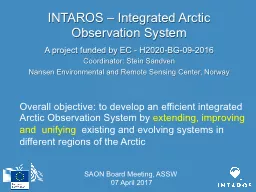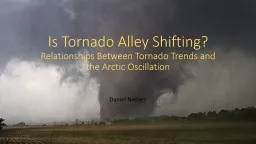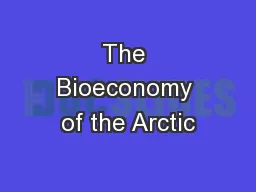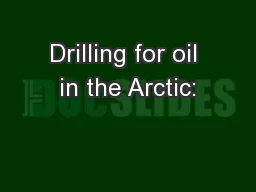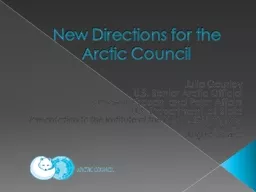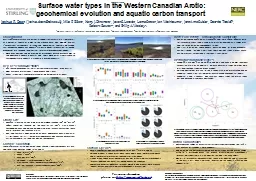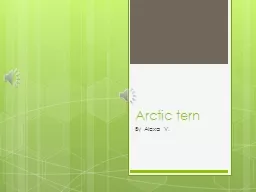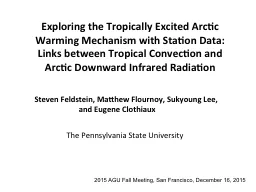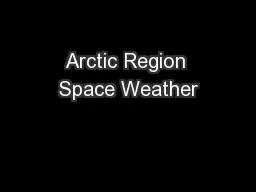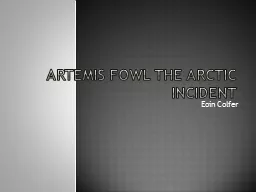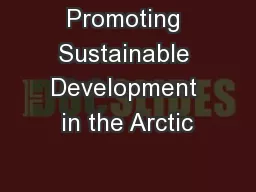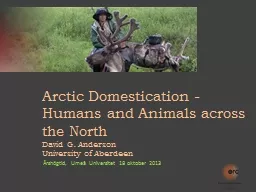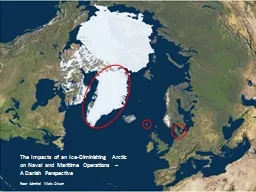PPT-INTAROS – Integrated Arctic
Author : min-jolicoeur | Published Date : 2017-09-18
Observation System A project funded by EC H2020BG09 2016 Coordinator Stein Sandven Nansen Environmental and Remote Sensing Center Norway SAON Board Meeting ASSW
Presentation Embed Code
Download Presentation
Download Presentation The PPT/PDF document "INTAROS – Integrated Arctic" is the property of its rightful owner. Permission is granted to download and print the materials on this website for personal, non-commercial use only, and to display it on your personal computer provided you do not modify the materials and that you retain all copyright notices contained in the materials. By downloading content from our website, you accept the terms of this agreement.
INTAROS – Integrated Arctic: Transcript
Download Rules Of Document
"INTAROS – Integrated Arctic"The content belongs to its owner. You may download and print it for personal use, without modification, and keep all copyright notices. By downloading, you agree to these terms.
Related Documents

